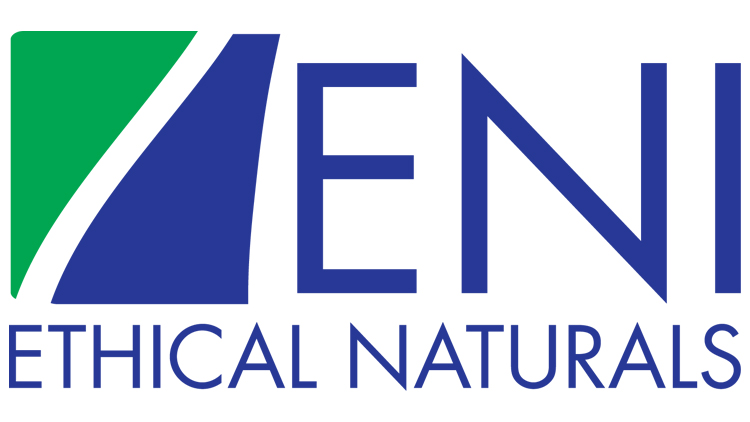Promotional Features
Eco-friendly fermentation is used to manufacture GreenGrown USP grade vegetable source glucosamine
Making Joint Care Brands more Eco-Friendly
Every day we read more stories about the effects of ecological damage around the world. As a result, in small and large ways millions of consumers now focus their buying power on products that are produced in eco-friendly and sustainable ways, rather than those that are destructive to the environment. Today, glucosamine is one of those ingredients where an eco-friendly choice is now a clear option.
Glucosamine has been a key ingredient in US joint care supplements for over two decades, with current import volumes totaling around 7,000 – 10,000 tons per year for human and animal supplement usage.
Historically glucosamine has been manufactured as a by-product of Asian shellfish production. But this source creates significant primary environmental problems that result from destructive aquaculture techniques. A recent article from Scientific World Journal lists a number of these issues: destruction of coastal mangrove swamps, damage caused by effluent to human drinking water and agriculture, excessive and uncontrolled use of antibiotics, and more. [3]
Secondarily, the processing of the shellfish residue material into glucosamine uses large quantities of sodium hydroxide and lye; these create further wastewater disposal problems.
By contrast, GreenGrown glucosamine is produced through a fermentation process that begins with non-GMO corn. The result is an eco-friendly source of USP- grade glucosamine sulfate and hydrochloride that is molecularly identical to the shellfish derived material, but without the negative environmental costs.
GreenGrown is valuable for the growing vegetarian and vegan market
Because of its long-term popularity, today’s joint care supplement market is crowded with hundreds of choices. Formulas based on glucosamine derived from shellfish still form the core of many brands.
These products however don’t address the needs of the growing number of vegan and vegetarian consumers, a group that buys a lot of supplements. For example, today in the US, 35% of supplement users say that a vegetarian source is important when choosing a supplement. [1] Also, vegetarian-aware consumers tend to buy 3 times more supplements than other shoppers, and their purchasing patterns demonstrate brand loyalty [2]. GreenGrown speaks directly to this consumer group.
GreenGrown: the fully verified vegetable source
Because of the high purity level of USP glucosamine (greater than 98%), it’s not possible to determine through HPLC or other commonly used methods if the source of the material is of vegetable or shellfish origin. Further confusion can also arise because final processing of both sources of glucosamine is often done in the same facilities, where blending or cross-contamination may occur.
GreenGrown is the only glucosamine source that can guarantee 100% vegetable origin by objective testing, using Isotopic Signature Carbon Tracing (ISCT), a method developed by ENI for glucosamine identity, and granted a patent in 2009. This is an essential step in today’s supply chain to assure identification, safety and quality.
This source identification is also important for correct labeling, as products containing shellfish may trigger allergic reactions. All batches of GreenGrown are tested by ISCT to confirm 100% vegetable origin.
The value and protection of international patents
Many major brands today sell products internationally, and this is just one reason why US and international patents are highly valued. The process for manufacturing GreenGrown glucosamine by fermentation was developed in the U.S. Since then 20 patents have been granted in 12 countries: China, Germany, France, United Kingdom, Netherlands, Japan, Mexico, Australia, Brazil, Canada and Korea. Ethical Naturals Inc (ENI) is the exclusive licensee of these patents that cover glucosamine production by fermentation.
Through these extensive patents, ENI assures that brands selling GreenGrown are protected from infringement and potential lawsuits in major markets worldwide.
The GreenGrown supply chain: audited and certified
The facility in which GreenGrown is produced is regularly audited for non-GMO and GMP compliance, and the quality of all lots is verified through ENI’s rigorous testing program. The material is supplied through ENI’s solar powered, NSF cGMP certified distribution facility, in Redwood City, CA.
GreenGrown glucosamine is available in several specifications that make it ideal for use in beverage, cosmetic, tableting and encapsulation applications.
------
References:
[1] Natural Marketing Institute, Supplement/OTC/Rx Database (SORD) Overview, 2013
[2] HealthFocus International – Global Shopper Views on GMO’s 2015
[3] Scientific World Journal, Aquaculture: Environmental Impacts and Troubleshooting Alternatives, Published online 2012 Apr 29.




